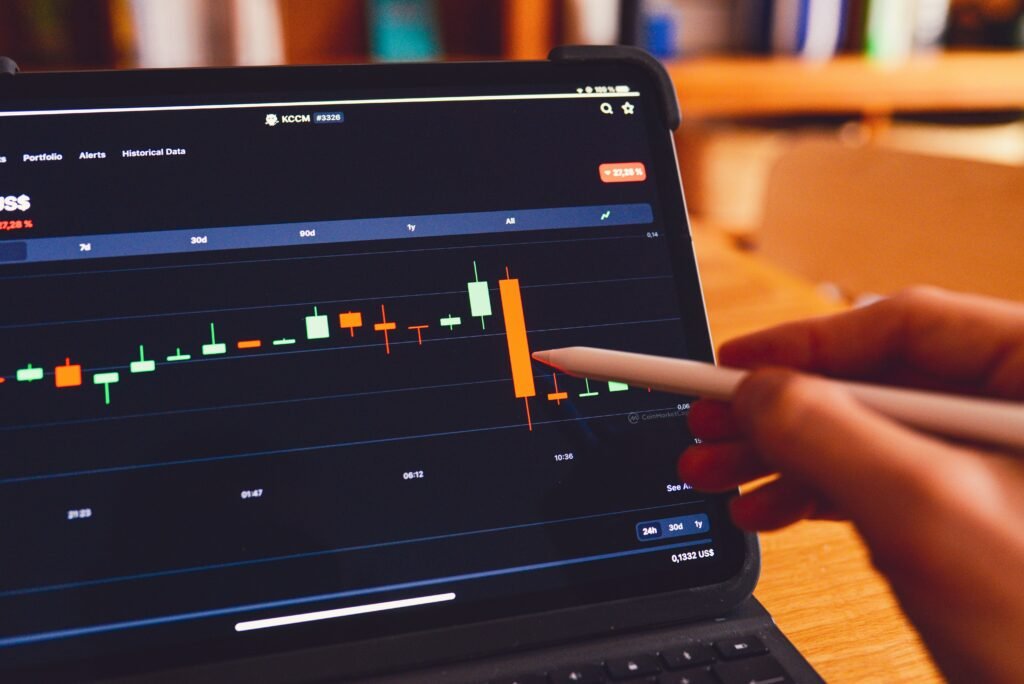Tether Brings USDT to Bitcoin via RGB Layer-2 is the biggest stablecoin move on Bitcoin this year. Tether is enabling USDT to transact natively on Bitcoin using the RGB protocol, a Layer-2 network built for smart contracts. The rollout follows last year’s Lightning Network support and targets global users who want fast, low-cost Bitcoin payments. Paolo Ardoino says the step makes Bitcoin more practical as everyday money, not only a store of value. The integration arrives as stablecoin adoption accelerates and regulators debate clear rules.
RGB protocol explained
The RGB protocol brings smart contracts and asset issuance to Bitcoin without bloating the base chain. With Tether Brings USDT to Bitcoin via RGB Layer-2, holders can keep USDT and BTC in one wallet while settling with Bitcoin’s security. RGB routes data off-chain, boosting scalability and privacy while anchoring proofs on-chain. It supports offline transactions and flexible verification, useful in low-connectivity regions. For developers, RGB opens modular rails for tokens, identity, and programmable Bitcoin payments.
Bitcoin payments at scale
Tether Brings USDT to Bitcoin via RGB Layer-2 aims at billions of potential users, especially in emerging markets. USDT offers dollar stability on Bitcoin, reducing volatility pain at checkout and in remittances. The system promises lower fees, strong privacy, and near-instant settlement for merchants and creators. Paolo Ardoino frames it as infrastructure that makes Bitcoin spendable without sacrificing decentralization. The result should be broader stablecoin adoption across wallets, exchanges, and payment apps.
Lightning Network bridge
Last year’s USDT support on the Lightning Network primed the ecosystem for this phase. Tether Brings USDT to Bitcoin via RGB Layer-2 complements Lightning’s high-throughput channels with contract-based issuance and richer logic. Together, they form a layered stack: Lightning for speed, RGB for programmability and discrete state. The combined Layer-2 network approach lets users choose routing and privacy models that fit their flow. Expect wallets to abstract these choices with simple toggles.
Stablecoin adoption outlook
Tether Brings USDT to Bitcoin via RGB Layer-2 lands as policymakers weigh stablecoin frameworks and institutions eye on-chain settlement. Clearer rules could spur banks, fintechs, and merchants to accept USDT directly over Bitcoin rails. Analysts expect stablecoins to grow rapidly through 2026, led by real-world payments and treasury use. By uniting USDT with Bitcoin’s brand and security, Tether sharpens its edge in cross-border flows. This move also nudges competitors to upgrade their Bitcoin strategies.
Scalability and liquidity signals
Watch for wallet support, exchange listings, bridge liquidity, and fee dynamics as Tether Brings USDT to Bitcoin via RGB Layer-2 goes live. Monitor privacy defaults, offline transactions reliability, and merchant plugins for Bitcoin payments. Track on-chain anchoring costs and mempool pressure as RGB usage scales. Follow developer momentum around smart contracts and asset issuance on Bitcoin. If integrations move fast, USDT on RGB could become the default Bitcoin spending layer.
Frequently asked questions about Tether brings USDT to Bitcoin via RGB layer-2 (FAQ)
What is RGB and how does it work on Bitcoin?
RGB is a Layer-2 protocol that uses client-side validation and on-chain commitments. It enables smart contracts and asset issuance anchored to Bitcoin without clogging the base chain.
Why does USDT on RGB matter for Bitcoin payments?
It brings dollar stability, scalability, and privacy to everyday transactions. Users can pay in USDT while benefiting from Bitcoin’s security and global reach.
How is this different from Lightning Network support?
Lightning optimizes speed and micro-fees via payment channels. RGB adds programmable assets and offline transactions, complementing Lightning rather than replacing it.
Will wallets support both BTC and USDT on RGB?
Yes. Many wallets plan unified experiences so users hold BTC and USDT together. Tether Brings USDT to Bitcoin via RGB Layer-2 relies on broad wallet adoption.
Is this good for users in emerging markets?
Potentially very. Offline transactions, lower fees, and stable pricing help in regions with weak currencies and patchy connectivity.



